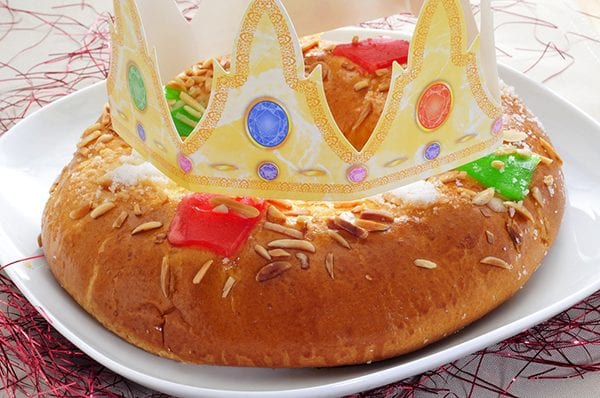Fiesta de Los Tres Reyes Mages
Fiesta de Los Tres Reyes Mages
Fiesta de Los Tres Reyes Mages
-
Hannah
-
Hannah

For many countries, Christmas is but a distant memory (have you taken down your decorations by now? I expect so). But not for the Spanish, for whom today, 6th January, is the most important day in the Christmas festivities.
While researching my romantic series Andalucian Nights, I read a lot on Spanish culture, and over the years I have been lucky enough to visit Spain several times. Of all my Spanish experiences, La Fiesta de Los Tres Reyes Mages stands out as a poignant and colourful one.
The fiesta, which translates in English into ‘the Day of the Three Magi Kings’, is to celebratethe three wise men who brought gifts to the baby Jesus: Gaspar, bringing Frankincense; Melchior, bringing gold; and Balthazar, bringing Myrrh. They usually represent Arabia, the Orient and Africa.
In Spain, today is the equivalent of the UK’s and America’s Christmas Day in terms of its attributed meaning and popularity. Last night Spanish children left out their newly polished shoes (rather than stockings) ready for the three wise men to fill with gifts during the night. Rather than a carrot for Santa’s reindeer, they left straw for the wise men’s camels to eat and perhaps a bucket of water for them to drink. Children who’ve been good find presents with their shoes; children who’ve been naughty may find carbóndulce instead: a hard lump of candy dyed black to represent coal.
All day, Spanish families celebrate. Having attended lively parades that represent the arrival of the three wise men, they come together to eat roscón de reyes (which translates to ‘twisted roll of kings’):
The bread is designed to resemble a crown, and is studded with fruit and nuts to represent the gems. All kinds of variations exist (some filled with chocolate or cream – delicious!). Here’s a very simple recipe, which I’ve found to be popular with my guests.
Roscón de Reyes: Three Kings Bread Recipe
Ingredients
Bread:450g bread flour; 7g yeast sachet; 75g caster sugar; 75g butter (softened); 2 large eggs; 2 lemons (zest); 2 small oranges (zest); 150ml room-temperature milk; 1/2 teaspoon salt; 1 teaspoon pure vanilla extract; 1/4 teaspoon ground cinnamon
Topping: Beaten egg; candied fruit (e.g. orange peel, lemon peel, dried figs, candied cherries); nuts
- Combine all the bread ingredients and knead. I use a mixer, but by hand it takes around ten minutes. Keep kneading until the dough is stretchy and gleaming.
- Cover the dough and leave overnight.
- Form into a crown shape (you may choose to make three long sausages and plait them). Seal the join with a touch of flour and water.
- Lay the crown on a greaseproof-paper-lined baking tray.
- Beat the remaining egg and apply an egg wash; then stud the surface with colourful candied fruits and nuts in the pattern you prefer.
- Leave to prove for a little longer (covered) and then bake in a pre-heated oven at 180C (Gas Mark 4) for about an hour until the bread is well risen and golden brown.
- Leave to cool, and then enjoy!
A hidden extra: You may hide a gold coin inside the bread: the recipient will have good luck all year. Or you could follow the old Mexican tradition of placing a figuring of the baby Jesus in the roscón de reyes. Whoever finds the figurine in his or her chunk of bread is supposedly blessed, and should take the figurine to church on the Día de la Candelaria, 2 February.
